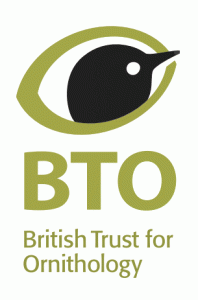Here’s your Greenfinch bird guide: everything you need to know. Firstly, you’ll be relieved to find out this beautiful, colourful bird can be found up and down the country. They’re also found year-round, so keep your eyes peeled, no matter what month it is! Their powerful beaks means they’re a huge fan of seeds. In fact, they’re known for de-seeding sunflower heads, feeding on blackberries from the brambles and rose hip seeds.
To find out more about other birds, take a look at our interactive bird guide.

About
Greenfinches are popular garden birds which can be identified by their vibrant green colour especially the males whom are brighter in colour than the females
Locations
Greenfinches can be spotted in most areas across the UK
Habitat
Gardens, farmland, woodland and parks
Diet
Predominantly large seeds though parents will also feed insects to their young
Breeding
Breeding takes place between April and September with Greenfinches typically laying two, possibly three broods per year. Nests are made from grass, twigs, hair and feathers and are usually positioned in the a fork of a tree or hedge, Incubation takes 14-15 days
BTO Facts
According to Garden BirdWatch data, which has been collected since 1995, Greenfinches are most frequently seen in gardens in April, in around 70% of gardens. However, this species has declined markedly since Garden BirdWatch began. This is due to the outbreak of Trichomonosis, a disease that has affected the population for the last 15 years or so. There was a 20% drop in regional populations a year after the initial outbreak in 2005.




